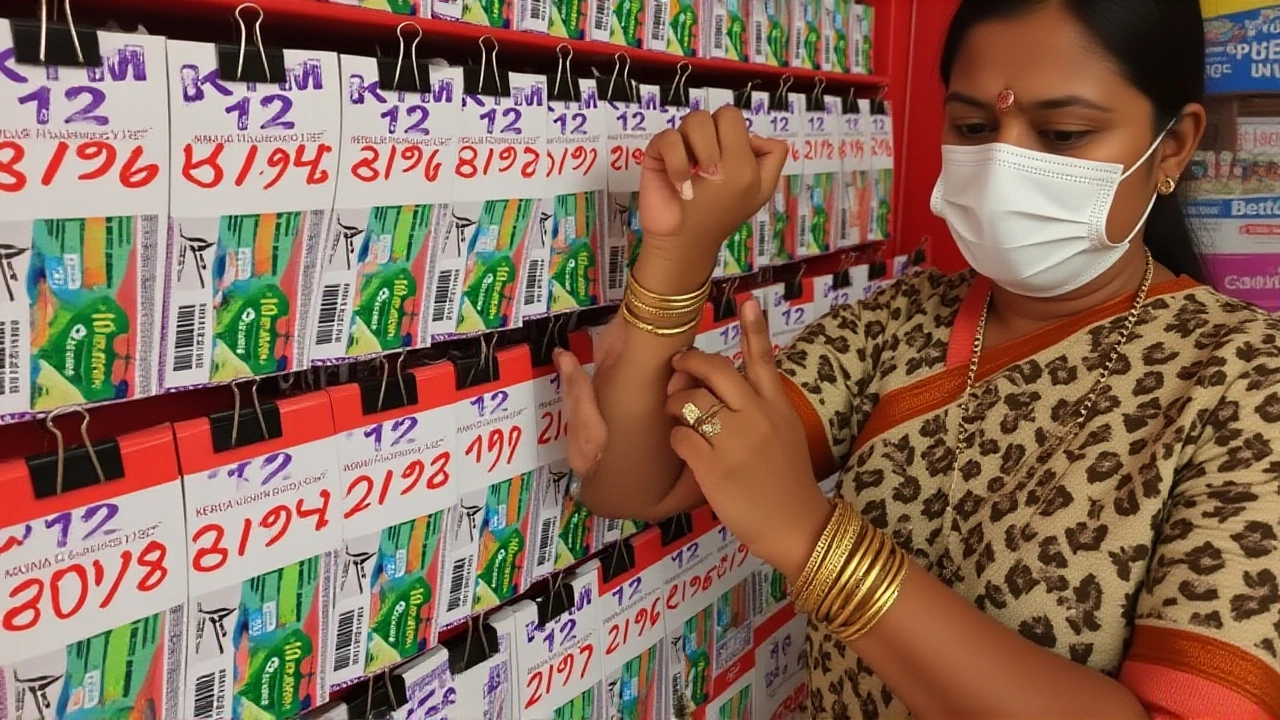On Ekadanta Sankashti Chaturthi, devotees across India observed a deeply spiritual day on New Delhi and beyond, as the sacred Ekadanta Sankashti Chaturthi fell on May 16, 2025. This monthly observance, rooted in the Krishna Paksha (waning phase) of the month of Jyeshtha, is dedicated to Lord Ganesha in his one-tusked form — a symbol of overcoming obstacles, patience, and divine grace. The Ekadanta Sankashti Chaturthi tithi began at 4:02 a.m. on May 16 and concluded at 5:13 p.m. on May 17, according to the Hindu Panchang. But here’s the thing: the real power of the day wasn’t in the duration — it was in the timing. Devotees who waited for the moonrise before breaking their fast weren’t just following tradition. They were honoring a mythic pact between Lord Ganesha and the moon.
Why the Moon Matters: A Divine Curse and a Sacred Fix
The story behind this ritual is as old as the stars. Legend says Lord Ganesha once cursed the moon for laughing at him after he fell off his mouse, Vahana. The moon, embarrassed, begged for forgiveness. Lord Ganesha relented — but with a condition: anyone who worships him on Sankashti Chaturthi must first see and worship the moon before eating. Otherwise, the fast remains incomplete. That’s why, in homes from Varanasi to Chennai, families sat patiently under the night sky, waiting for the moon to rise. According to ABP Live, the moon appeared between 9:52 p.m. and 10:39 p.m., making the window for breaking fast narrow but sacred.
Timing Is Everything: The Perfect Muhurat for Worship
While the tithi lasted nearly 25 hours, the most auspicious moments were fleeting. The Abhijit Muhurat, considered ideal for any spiritual activity, fell between 11:50 a.m. and 12:45 p.m. on May 16. That’s when most families performed the primary Lord Ganesha puja — offering fresh durva grass, sandalwood paste, and yellow flowers. But the evening ritual held equal weight. From 5:24 p.m. to 7:06 p.m., devotees lit incense, chanted “Shri Ganeshaya Namah,” and offered modaks — sweet dumplings believed to be Lord Ganesha’s favorite. “It’s not about how elaborate the puja is,” said Pandit Rameshwar Jha, a Vedic scholar from Varanasi. “It’s about the sincerity. One modak offered with devotion is worth a thousand without it.”
How to Perform the Ritual: A Step-by-Step Guide
The puja follows a precise sequence, passed down through generations:
- Begin with a morning bath and clean white or green clothing — symbolizing purity.
- Place a clay or brass idol of Lord Ganesha on a raised platform, facing east or north.
- Perform achaman (sipping water three times) to purify the body and mind.
- Offer panchamrit (a mix of milk, yogurt, honey, sugar, and ghee) to bathe the idol.
- Light a diya and incense. Offer durva grass while chanting “Shri Ganeshaya Namah, Durvankuran Samarpyami.”
- Present modaks, ladoos, and seasonal fruits as bhog. Never offer non-vegetarian food.
- Perform aarti with a camphor flame and distribute prasad to all present.
For the moon ritual: Fill a silver or brass bowl with water, add raw cow’s milk, white flowers, and unbroken rice grains (akshat). Hold it toward the moon and silently pray for relief from personal struggles — health, finances, or emotional burdens. Only after this can the fast be broken.

Why This Day Still Matters in Modern Times
In a world racing toward algorithms and AI, the persistence of rituals like Ekadanta Sankashti Chaturthi feels almost rebellious. Yet, millions still observe it — not out of blind faith, but because it offers structure, stillness, and a sense of connection. A 2024 survey by the Indian Institute of Religious Studies found that 68% of young urban Hindus who observed Sankashti Chaturthi reported feeling “more grounded” and “less anxious” in the weeks following the fast. The ritual, in essence, is a digital detox wrapped in devotion.
What’s more, this isn’t just a one-day event. Sankashti Chaturthi occurs every lunar month, making it one of the most frequent yet profound observances in the Hindu calendar. Each month, devotees return to the same questions: What’s weighing me down? What do I need to release? The answer, they believe, lies not in grand gestures — but in quiet, consistent acts of faith.
What Comes Next: The Monthly Cycle Continues
The next Sankashti Chaturthi will fall on June 13, 2025, during the Krishna Paksha of Ashadha. Devotees are already preparing — some by starting a daily mantra practice, others by donating food to temples. The cycle never stops. And that’s the point. Life’s obstacles don’t vanish after one day of fasting. But with each month’s ritual, believers reaffirm their resilience.
Frequently Asked Questions
Why is the moon worship mandatory on Sankashti Chaturthi?
According to Hindu mythology, Lord Ganesha cursed the moon for mocking him, causing it to lose its luster. After the moon begged for forgiveness, Ganesha relented but decreed that anyone observing Sankashti Chaturthi must first worship the moon before breaking their fast. Without this step, the vrata is considered incomplete — a reminder that humility and repentance are as vital as devotion.
Can I eat fruits instead of fasting completely?
Yes, many devotees observe a partial fast called "phalahaar" — consuming only fruits, milk, nuts, and root vegetables. This is especially common for those with health conditions or demanding schedules. The key is to avoid grains, legumes, and non-vegetarian food. The intention behind the fast matters more than its strictness.
What’s the significance of the one-tusked form of Lord Ganesha?
Ekadanta, meaning "one tusk," represents sacrifice and focus. Legend says Ganesha broke off his own tusk to use as a pen while writing the Mahabharata. This form symbolizes overcoming ego, prioritizing duty over perfection, and the power of resilience. It’s not about having two tusks — it’s about making do with what you have and still achieving greatness.
Is this ritual only for Hindus?
While rooted in Hindu tradition, the principles of Sankashti Chaturthi — overcoming obstacles through patience, mindfulness, and gratitude — resonate universally. Many non-Hindus in India and abroad participate in the fasting and moon-worship as a form of spiritual discipline, not religious conversion. The ritual’s power lies in its symbolism, not its dogma.
Why are modaks and ladoos offered to Lord Ganesha?
Modaks, sweet dumplings filled with jaggery and coconut, are believed to be Lord Ganesha’s favorite because they represent the sweetness of inner peace and the rewards of perseverance. Ladoos symbolize completeness and unity. Offering them isn’t about indulgence — it’s about acknowledging that joy comes after discipline. In many temples, thousands of modaks are prepared and distributed as prasad, reinforcing community bonds.
How often is Sankashti Chaturthi observed in a year?
Sankashti Chaturthi occurs every lunar month during the Krishna Paksha (waning moon phase), making it 12 times a year. Some devout followers observe all 12, while others focus on the most auspicious ones — like the one in Jyeshtha, which coincides with the Ekadanta form. Each month offers a fresh opportunity to reset intentions and seek divine support.

